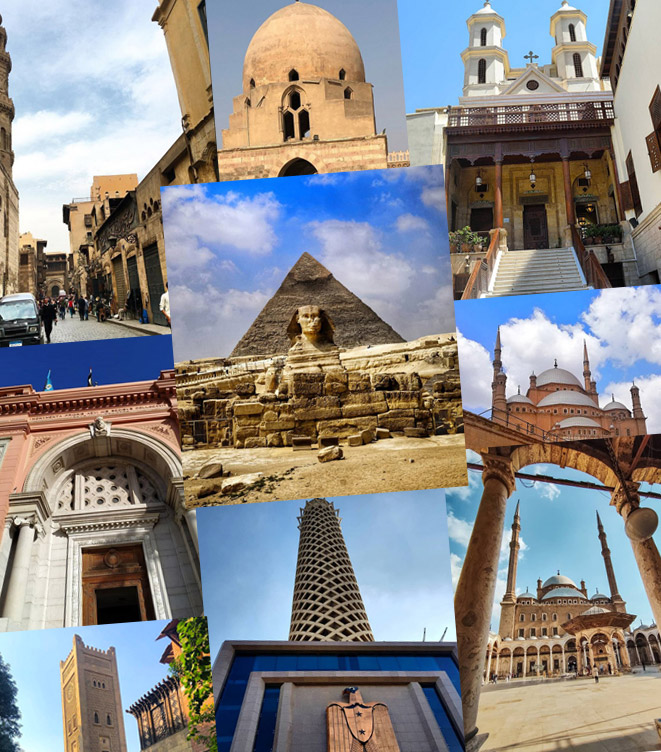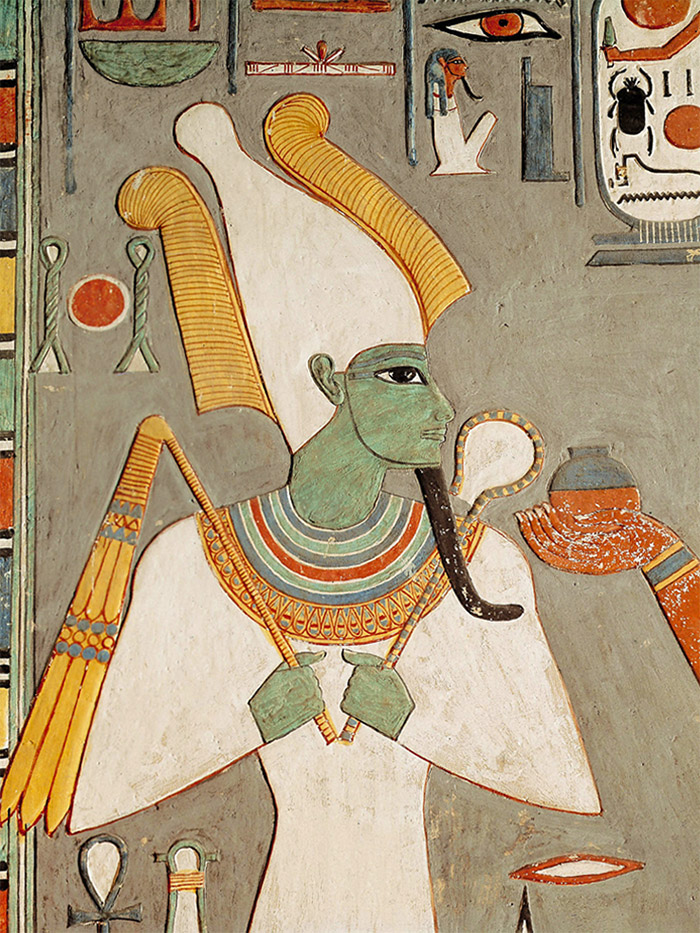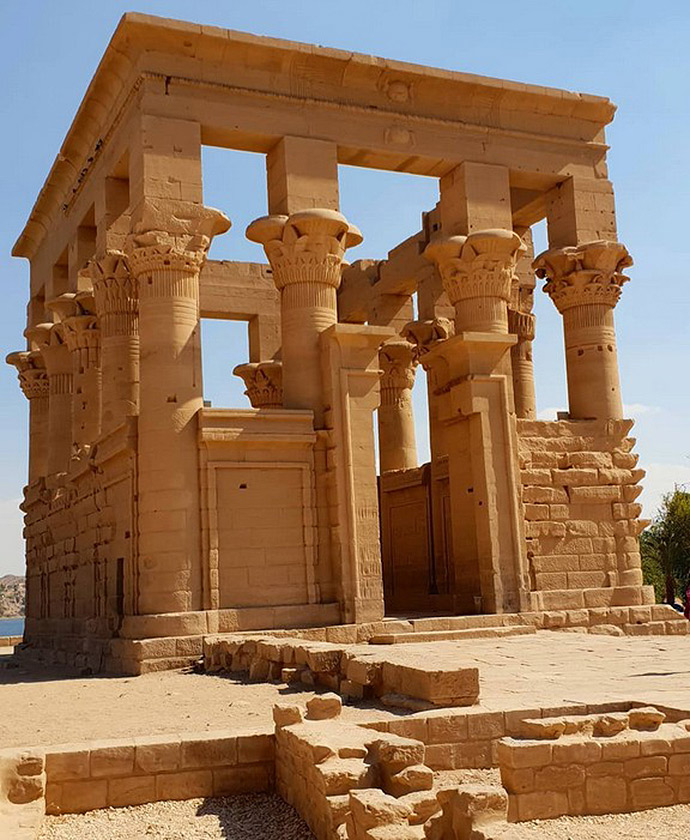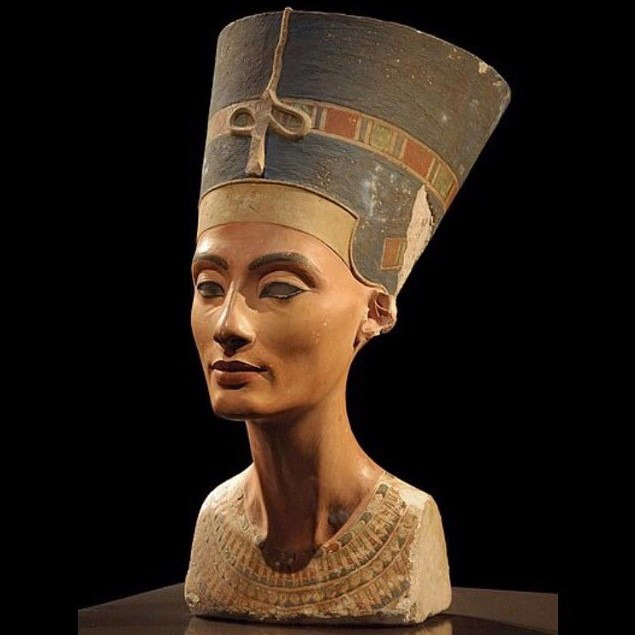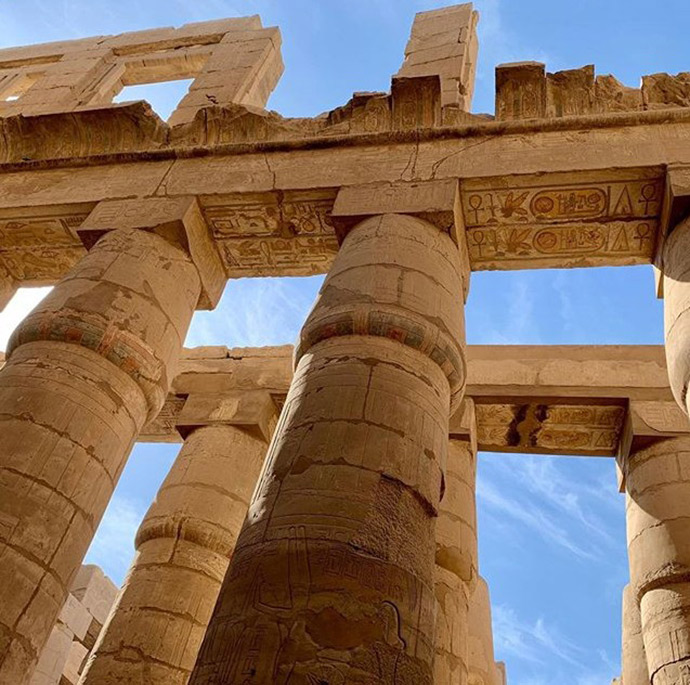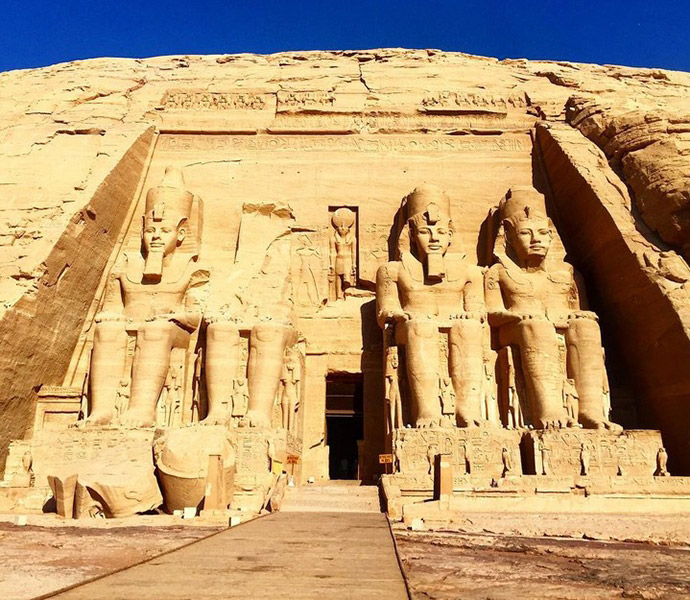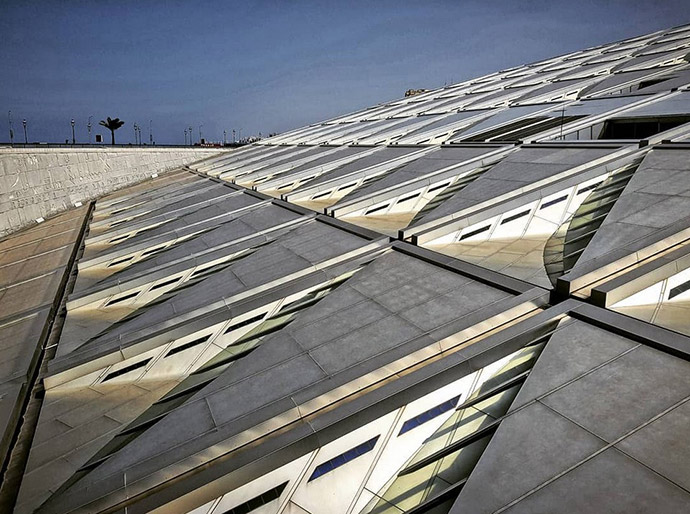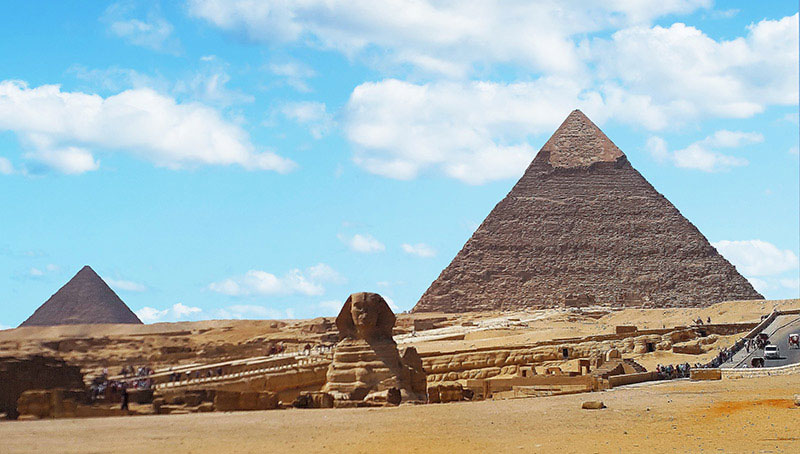
Have you ever been intrigued about how old the Great Sphinx Of Giza is or who built it or even why it was built? Seeing this beautiful statue in pictures is one thing, but actually standing in front of the Egyptian Sphinx is absolutely something else. In this article, we aim to throw light on some of the most common questions that you may be asking yourself.
Table Of Content
When was the sphinx built?
What is the Sphinx?
Where is the Great Sphinx located?
Who built the Sphinx of Giza?
Why was the Sphinx built?
How big is the Sphinx?
How does the Sphinx look today?
When was the Sphinx built?
So exactly when was the Sphinx built? Most archaeologists believe that it was built around 2500 B.C., making it over 4,000 years old. However, a recent conflicting theory suggests that the Sphinx could have been constructed as early as 7000 B.C. This is based on the effects of erosion seen on the Sphinx, which researchers claim could only have occurred 9,000 years ago.
If it’s true that the Sphinx is that old, it would mean the existence of an unknown civilization before the ancient Egyptians. Egyptologists refute the theory, providing architectural and geological evidence that shows that the Sphinx was built during the reign of Pharaoh Khafre who lived circa 2603-2578 B.C.
What is the Sphinx?
In mythology, a sphinx was a creature with the head of a human and the body of a lion. Ancient Egyptians used the head of a pharaoh or a god. For instance, the Great Sphinx of Giza had the body of a lion and the head of a man wearing a pharaoh’s headdress. Unfortunately, no one knows whose face it depicts.
Some texts show that the Sphinx was referred to as “balhib” and “bilhaw” by the ancient Egyptians. Today, it is Egypt’s national symbol, often used on stamps, coins and official documents.
Where is the Great Sphinx located?
The Great Sphinx is situated on the Giza Plateau on the west bank of the Nile River. It is located southeast of the Great Pyramid of Giza.
Who built the Sphinx of Giza?
Unlike most monuments in Egypt, there are no inscriptions on the Sphinx that provide clues as to who built it. Many archaeologists believe it was constructed in honour of Pharaoh Khafre, whose pyramid is the second tallest in Giza. Not every researcher agrees.
Some believe it was Khafre’s father Khufu, who built the Sphinx. Others suggest it was built by Djedefre, another son of Khufu.
Why was the Sphinx built?
Ancient Egyptians built statues of sphinxes to guard tombs and temples. The Great Sphinx guards the pyramid tombs of Giza. It is also believed to be the resting place of Egyptian God Osiris.
How big is the Sphinx?
The Great Sphinx is one of the oldest and biggest sculptures in the world, measuring 19 metres in width and 73 metres in length. This amazing statue sits proudly and it measures 20 metres in height.
The Sphinx was not assembled piece-by-piece but actually carved out of the limestone bedrock at Giza. This must’ve been an amazing task because machinery did not exist at the time the Sphinx was built.
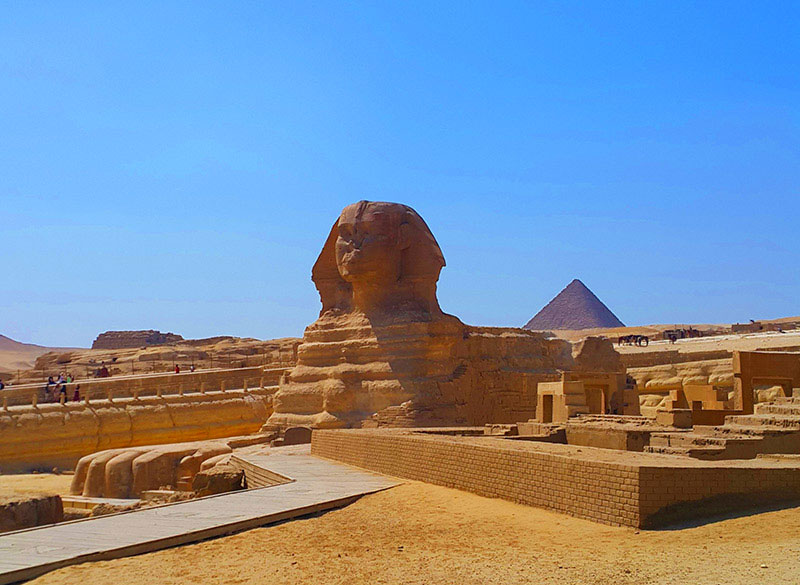
How does the Great Sphinx of Giza look today?
As the saying goes, ‘A picture is worth a thousand words’, the above photos are ones we have taken of the Sphinx in October 2019. The Sphinx we see today has proudly endured the effects of severe weather and erosion for centuries. In fact, it was only in 1905 that the sand was cleared from its paws to reveal its full body.
Although the colour has faded, archaeologists found traces of paint and theorized that its face and body were red in colour, its beard painted blue, and the headdress was yellow. As for the anatomy, the beard has fallen off due to erosion and another part of the face that is missing is the nose.
There are many anecdotes about how the Sphinx lost its nose, and a famous one is that Napoleon Bonaparte’s men accidentally knocked it off. This story was dismissed because drawings of the Sphinx in the 18th century showed that the nose was missing before Napoleon arrived in Egypt.
This, and many other mysteries that surround the Sphinx and perhaps in time, we shall uncover them.
You might also like our article on the Pyramids of Giza here.





